Sinquefield Cup round 6: So lost between 'being' and 'doing'
After a day's rest, action rekindled in St. Louis as players crossed swords in the sixth round of the Sinquefield Cup. Wesley So lost his third game of the event against Levon Aronian. Magnus Carlsen swamped Hikaru Nakamura with an exchange sacrifice and made the American sweat blood to wriggle out with a draw. Fabiano Caruana came out with a novelty which even the silicon machines had missed considering. Saravanan Venkatachalam sends us an insightful report bringing forth the reasons for So's downfall drawing from the concept of doing instead of being - a concept articulated by Jonathan Rowson in his book Chess for Zebras.
Wesley So’s self-destruction – arguably for the 3rd time in this tournament – was the point of curiosity of the round, at the Sinquefield Cup on Tuesday. To recollect, he had lost two games in this tournament so far, and both had a similar thread running through them:
Round 1: Vachier-Lagrave vs. So
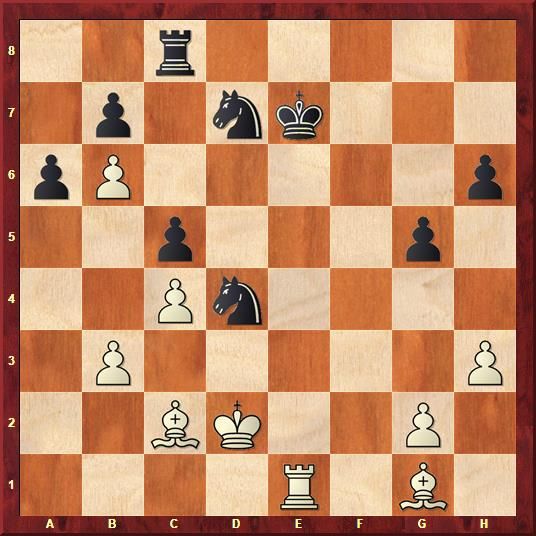
The last couple of moves were repetitions by the black king because of being checked by the rook via e1 and f1 on the previous moves. Time pressure discourages us from forming a definite standpoint here but we cannot ignore the similarity altogether. Unexpectedly, instead of sticking to repeating the position -- the presence of bishops for the opponent should have been a caution -- So, went into ‘active’ mode here, and played 40...Ke8?
The motive is obvious to see: black knights are eyeing b3 and b6 and So was lured into capturing one of them by force. But what he overlooked was the power of the bishop as a long range piece. But more importantly, he psychologically missed White’s possibility of creating a counter-threat instead of defending his pawns, and his bishop pair helps: 41.Be4! (Ignoring Black’s threat and creating play of his own)
Now the crucial variations were clear: Black may threaten to win a pawn but White gains much more than that: So played 41...Nxb3 (41...Nxb6 runs into the simple 42.Bxd4 cxd4 43.Bxb7 and the a6-pawn falls too) 42.Kc3 Nd4 43.Bh2! and Black resigned, as 43...Nxb6 runs into 44.Bxb7 winning the exchange.
But more than materialism, there was another aspect to Black’s play here: doing instead of being - a concept articulated in basic terms by Jonathan Rowson in his brilliant work Chess for Zebras. In the diagrammed position, if So had stuck to repeating the moves and let the opponent play, he would have continued with defending a slightly worse endgame. But it was the impetus to doing also played its part that made him choose the active 40...Ke8.

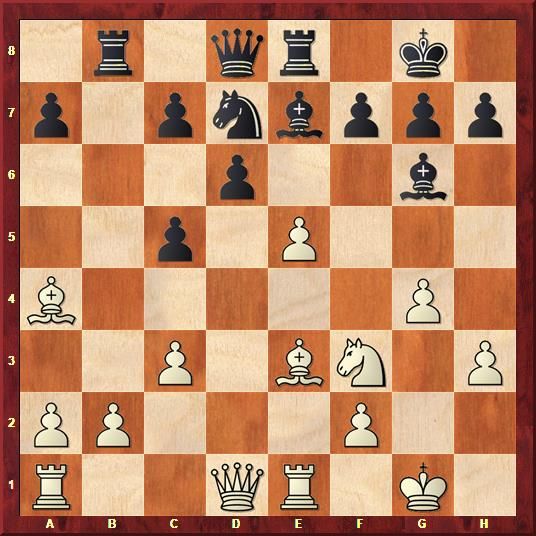
Black’s attack on b2-pawn is nothing more than a momentary distraction, and So would have regained a fairly good advantage here with the simple 19.b3. But he was in a complete ‘doing’ mode and went ahead with 19.Bf4? and after 19...Rxb2 20.exd6 Bxd6 21.Rxe8 Qxe8 22.Bxd6 cxd6 23.Qxd6 Qe2, it was White who faced a tough defence ahead and lost the game in just 5 more moves.
Once again, a classic case of ‘doing’ getting preference over ‘being’, but it gets complicated here. So was already in the middle of active play in the previous two moves, which made him stop and play the quiet 19.b3! and once again pursue his threats. And another minor point is, allowing 19...Rxb2 at the cost of your own activity is obviously associated with an error in calculation and judgement at the end of the variations.

A small aside here: So’s failure to put up a defence in a slightly minus position in the game had probably almost nothing to do with the position itself. It was a combination of an inability of the psyche to adjust itself to the role of a defender from being an aggressor just a while ago and doggedly defending a position and the disenchantment which comes with blowing away a better position. Now, once again look at the above-diagrammed position, you will realise how dogged was Magnus Carlsen in his defence, and you will understand one of his biggest strengths in over the board play -- creating possibilities from even slightly inferior positions when it will look almost none exist but passive defence!

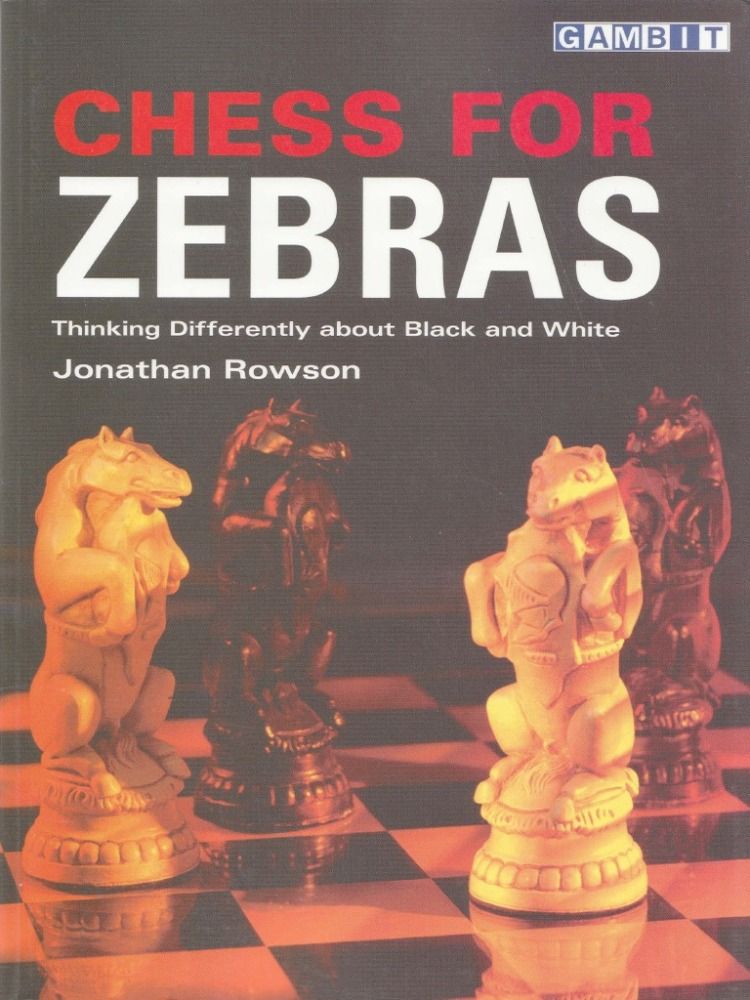
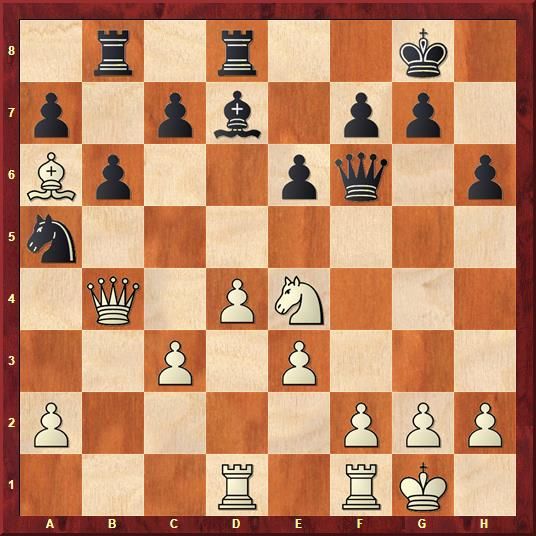
Two aspects of the position stand out: White’s potential to grab the centre, and Black’s knight on a5 - rim, grim, dim and all that. A cautious approach to the position could have enabled Black to play 17...Qh4 18.f3 (18.f4 doesn’t make it any different for Black here) 18...Nc6 (Watch that knight!) followed by 18...Ne7 will simply improve Black’s position while sticking to the basics. But what happened in the game was surprising:
18...Qf5 (Not bad in itself, but not strictly conforming to the basics…) 19.Bd3 Bc6 20.f3 and now comes the shocker:
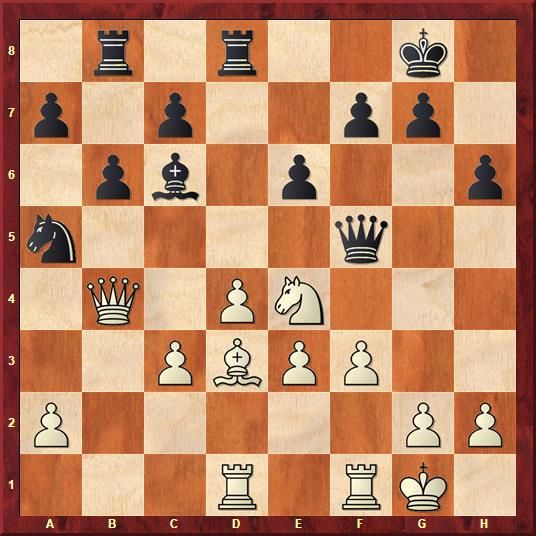
19...Bxe4? Shocking, almost. This extreme example of 'doing' at the cost of 'being' sees Black's position going rapidly down the hill. Instead, 21...Nb7 called for - another move which encourages ‘being’: trying to re-route the knight to a better square and letting the opponent play, after checking first if he faces any tactical threats here.
20.fe4 Qg5 21.Rf3 and without doing much, White gained an advantage and now the kingside getting opened up for invasion. Enough for Aronian to pursue further this pleasant turn of events.
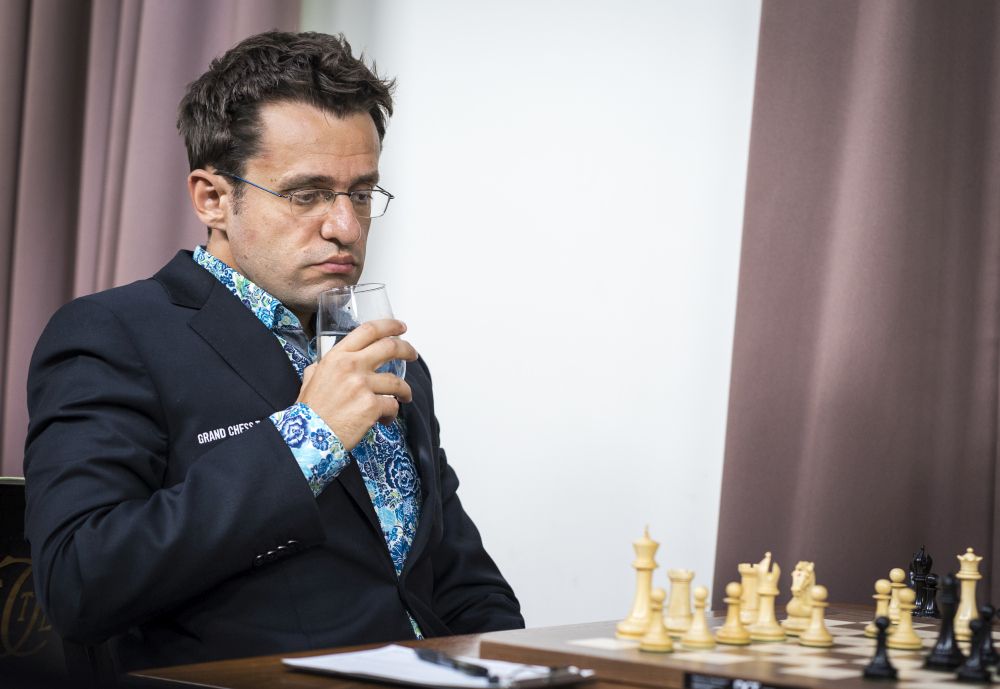
[Site "Saint Louis"]
[Date "2017.08.08"]
[Round "6"]
[White "Aronian, Levon"]
[Black "So, Wesley"]
[Result "1-0"]
[ECO "D38"]
[WhiteElo "2799"]
[BlackElo "2810"]
[Annotator "Saravanan,V"]
[PlyCount "63"]
[EventDate "2017.??.??"]
[EventCountry "USA"]
[SourceTitle "playchess.com"]
[Source "ChessBase"]
[SourceQuality "1"]
1. d4 Nf6 2. c4 e6 3. Nf3 d5 4. Nc3 Bb4 5. Bg5 h6 6. Bxf6 Qxf6 7. Qa4+ Nc6 8.
e3 O-O 9. Be2 dxc4 10. O-O Bxc3 11. bxc3 Bd7 12. Qxc4 Rac8 13. Rad1 Rfd8 14.
Nd2 Na5 15. Qb4 b6 16. Ba6 Rb8 17. Ne4 {[#]Two aspects of the position stand
out: White’s potential to grab the centre, and Black’s knight on a5 - rim,
grim, dim and all that} Qf5 {Not bad in itself, but not strictly conforming to
the basics} (17... Qh4 18. f3 (18. f4 Nc6 19. Qb2 Ne7) 18... Nc6 19. Qb2 (19.
Qa3 Qe7) 19... Ne7 $1 {Knight is aiming to centralise itself, and Black's
pieces look much better now thanks just to this single aspect of his position})
18. Bd3 Bc6 {Black is forced to follow-up with this} ({No more viable was}
18... Nc6 19. Qb2 Ne7 20. Qa3 Bc6 (20... Nc6 21. Nc5 Qd5 22. Nxd7 {and now the
initial judgement tells: White's pawns in the centre can become a positive
factor for him}) 21. Qxe7 Bxe4 22. Bxe4 Qxe4 23. Qxc7) 19. f3 Bxe4 $2 {
Shocking, almost. This extreme example of 'doing' at the cost of being sees
Black's position going rapidly down the hill} (19... Nb7 {and Black could have
still have tried to rearrange his pieces harmoniously}) 20. fxe4 Qg5 21. Rf3 {
and without doing much, White has gained an advantage, thanks to the kingside
getting opened up for invasion} c5 22. Qb2 e5 23. Rdf1 cxd4 24. cxd4 Rb7 25. d5
$1 {Shutting Na5 out of the game, and not giving Black any targets in the
centre} Rc7 26. h4 $5 Qxh4 27. Qxe5 Qe7 $2 (27... Re7 28. Qc3 {was better, but
White's advantage is real}) 28. Qg3 Qc5 $4 (28... Qd6) (28... Nb7 {Black
cannot play this natural move here because of} 29. Rxf7 Qxf7 30. Rxf7 Rxf7 31.
e5 $18) 29. Rf6 $18 h5 30. Rh6 Qc3 31. Rxh5 g6 32. e5 1-0



Grinding away, the World Champion reached a favourable ending where his material advantage of a pawn wasn’t clear enough to decide on a win. Nakamura admitted that he was quite ‘careless’ in his play here, allowing Carlsen to reach a favourable endgame. Carlsen played energetically and exchanged off the Bishop, reaching a very favourable Rook endgame.
34.g4!? Be6 35.Kf3 Ra5 36.Bxe6 and an endgame, the kind which Carlsen generally excels, and the following were the crucial junctures when Carlsen had assumed that he ‘was winning anyway’, which led to a couple of crucial misses:

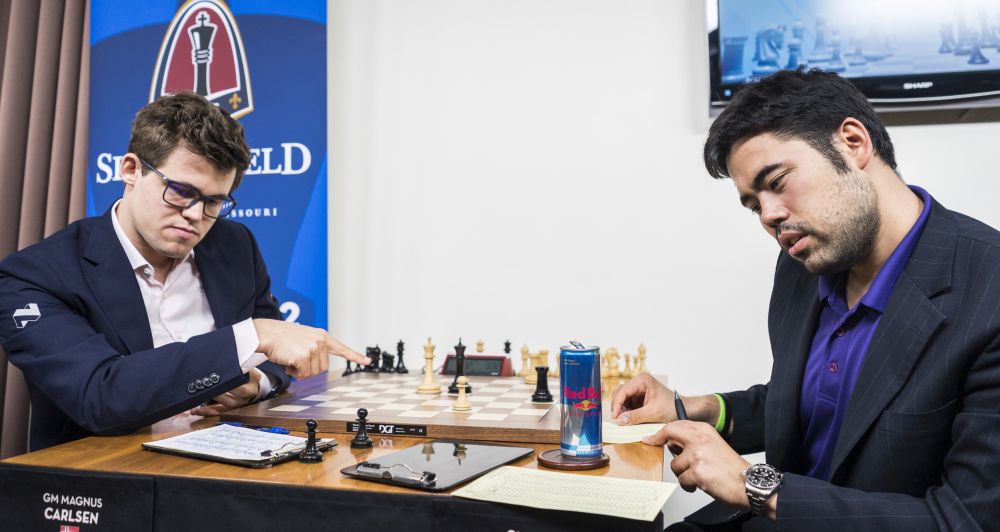
[Site "Saint Louis"]
[Date "2017.08.08"]
[Round "6"]
[White "Carlsen, Magnus"]
[Black "Nakamura, Hikaru"]
[Result "1/2-1/2"]
[ECO "D37"]
[WhiteElo "2822"]
[BlackElo "2792"]
[Annotator "Saravanan,V"]
[PlyCount "188"]
[EventDate "2017.??.??"]
[EventCountry "USA"]
[SourceTitle "playchess.com"]
[Source "ChessBase"]
[SourceQuality "1"]
1. d4 Nf6 2. c4 e6 3. Nf3 d5 4. Nc3 Be7 5. Bf4 O-O 6. e3 c5 7. dxc5 Bxc5 8.
cxd5 Nxd5 9. Nxd5 exd5 10. Bd3 Bb4+ 11. Nd2 Nc6 12. O-O Be7 13. Rc1 Bf6 14. Nf3
Qe7 15. h3 g6 $6 (15... Be6 $142 {would have led to a typical position with an
Isolated Queen Pawn}) 16. Bb5 Bd7 {Hikaru decides to give away the pawn, but
probably it was difficult to decide on the best defendable position} (16...
Bxb2 17. Bxc6 $1 Bxc1 (17... bxc6 18. Rxc6 {and White holds the initiative})
18. Bxd5 Ba3 19. Bh6 Be6 (19... Rd8 20. Qd4 $18) 20. Qd4 f6 21. Bxf8 Kxf8 22.
Bxe6 Qxe6 23. Rd1 {and White is slightly better but this was probably the
position Black should have aimed to defend, rather than the text}) 17. Qxd5 Be6
(17... Bxb2 18. Rb1 {with the thread of Bf4-d6}) 18. Qe4 (18. Qc5 $142 $16)
18... Bxb2 19. Bxc6 f5 20. Bg5 fxe4 21. Bxe7 Bxc1 22. Bxb7 Bxe3 23. Bxf8 Rxf8
24. fxe3 exf3 25. Bxf3 Rb8 26. a4 Rb4 27. Bc6 Rc4 28. Bb5 Re4 29. Rd1 a6 30.
Bxa6 Rxa4 31. Bb7 Kf7 32. Kf2 Kf6 33. Bd5 Bf5 {Carlsen's material advantage of
a pawn isn't clear enough to decide on a win. But he plays and exchanges off
the Bishop, reaching a very favourable Rook endgame.} 34. g4 $5 Be6 35. Kf3 Ra5
36. Bxe6 Kxe6 {A conventional judgement could be 'White has a clear advantage
here, but it is not clear if he has chance of a win', but Carlsen's makes use
of his chances admirably here} 37. h4 Ra2 38. Rb1 Ra7 39. Kf4 Ra4+ 40. e4 Ra7
41. Rb6+ (41. Kg5 {Aiming for the h7 pawn, while keeping his own kingside
pawns intact} Ke5 (41... Ra2 42. Rb7 h5 43. Kxg6 hxg4 44. Kg5 (44. h5 g3) 44...
g3 45. Kf4 g2 46. Rg7 {wins}) 42. Kh6 Kf4 (42... Kxe4 43. Rf1 {wins}) {Also
possible is} 43. Rg1 Ra2 (43... Kxe4 44. Rf1 Ke5 45. g5 Ra4 46. Kxh7 Rxh4+ 47.
Kxg6) 44. g5 Ra7 45. e5 Kf5 46. Re1 Re7 47. e6 Kg4 48. Re4+ Kf5 49. Rb4 $18)
41... Kf7 42. Rc6 Rd7 43. g5 $2 {Effectively drawing the game} (43. h5 gxh5 44.
gxh5 {was the win Carlsen missed, pointed out by engines later on}) 43... Ra7
44. Ke5 Re7+ 45. Kd5 Rd7+ 46. Rd6 Ra7 47. Rf6+ Ke7 48. Rc6 Rd7+ 49. Ke5 Ra7 50.
Rc5 Rd7 51. Ra5 Kf7 52. Ra1 Re7+ 53. Kf4 Rb7 54. Ra6 Rc7 55. Kg4 Re7 56. Rf6+
Ke8 57. Kf4 Ra7 58. Rb6 Kf7 59. Ke5 Re7+ 60. Kd5 Rd7+ 61. Rd6 Ra7 62. Rd8 Ra5+
63. Kd4 Ra4+ 64. Ke5 Ra5+ 65. Kf4 Ra7 66. Rd4 Ke6 67. Rb4 Rf7+ 68. Ke3 Ra7 69.
Rb8 Re7 70. Rh8 Ra7 71. Re8+ Kf7 72. Rb8 Ke6 73. Rb6+ Kf7 74. Kf4 Re7 75. Rf6+
Ke8 76. h5 gxh5 77. e5 Rf7 78. Ke4 Rg7 79. Kf5 Rf7 80. Kf4 h4 81. Kg4 Re7 82.
e6 Ra7 83. Rh6 Kf8 84. Kxh4 Ra4+ 85. Kh5 Re4 86. Rf6+ Kg7 87. Rf7+ Kg8 88. Re7
Kf8 89. Rxh7 Rxe6 90. Rh6 Re1 91. Ra6 Kg7 92. Ra7+ Kg8 93. Kh6 Re6+ 94. g6 Re8
1/2-1/2


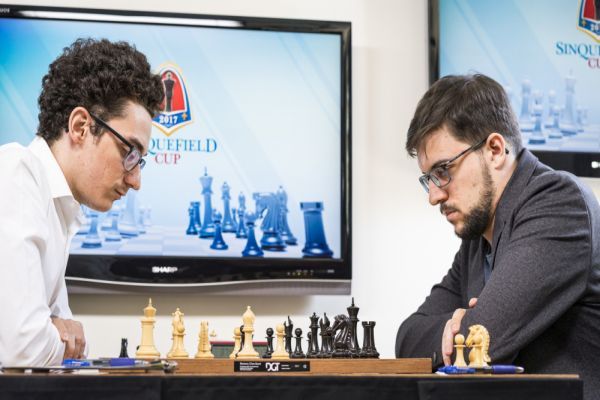

In this position, white uncorked 10.Qd3, a variation whose waters even the computers and correspondence chess games have not visited – a true novelty which is a very big achievement in these times. Caruana later credited his Norwegian friend Torbjørn Hansen for the idea, who also happens to be Magnus Carlsen’s first coach.
Though was better in the early part of the game, Caruana’s best chance to win the game came at the following juncture:

[Site "Saint Louis"]
[Date "2017.08.08"]
[Round "6"]
[White "Caruana, Fabiano"]
[Black "Vachier-Lagrave, Maxime"]
[Result "1/2-1/2"]
[ECO "B96"]
[WhiteElo "2807"]
[BlackElo "2789"]
[Annotator "Saravanan,V"]
[PlyCount "60"]
[EventDate "2017.??.??"]
[EventCountry "USA"]
[SourceTitle "playchess.com"]
[Source "ChessBase"]
[SourceQuality "1"]
1. e4 c5 2. Nf3 d6 3. d4 cxd4 4. Nxd4 Nf6 5. Nc3 a6 6. Bg5 e6 7. f4 h6 8. Bh4
Qb6 9. a3 Be7 10. Qd3 Nbd7 11. O-O-O g5 12. fxg5 Ne5 13. Qd2 Nh7 14. Nf3 hxg5
15. Bf2 Qc7 16. Be2 Bd7 17. h4 Rg8 18. h5 g4 19. Nxe5 dxe5 20. Bh4 Bc6 21. Qe3
Bxh4 22. Rxh4 Qe7 23. Rxg4 (23. Qg3 Qg5+ 24. Kb1 Nf6 25. Rf1 $1 Nxh5 26. Qf2 {
and White has a clear initiative}) 23... Rxg4 24. Bxg4 Qg5 25. Qxg5 Nxg5 26.
Bf3 Ke7 27. Kd2 Rh8 28. Rh1 f5 29. Ke3 Kf6 30. b4 b5 1/2-1/2
Standings after round 6
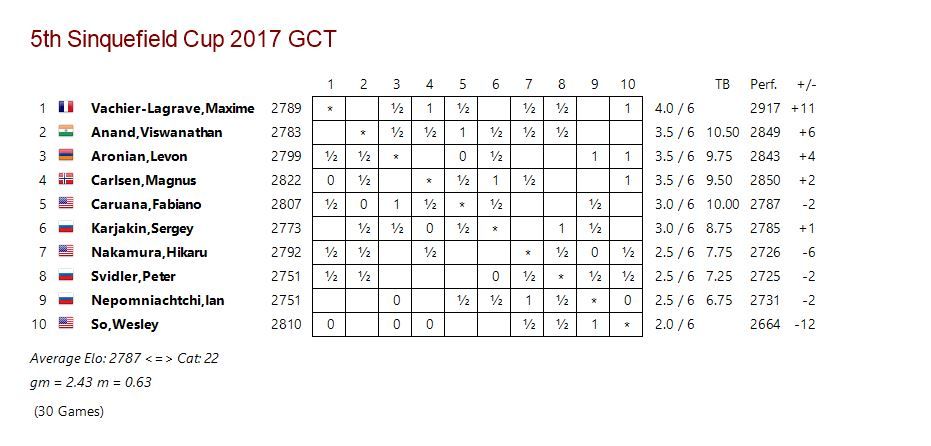
About the Author:

Saravanan Venkatachalam is an International Master and has been an active chess player in the Indian circuit, and has been consistently writing on chess since the late 1980s. He turned complete chess professional in 2012, actively playing and being a second and a trainer to a handful of Indian players. He reports on chess tournaments, occasionally being a correspondent to national newspapers and news channels. Apart from chess, he is also interested in Tamil and English literature, music and photography.
Coverage on Firstpost
Firstpost and ChessBase India have collaborated to bring you extensive and detailed coverage of the chess scene in India and internationally.
The Sinquefield Cup and Saint Louis Rapid and Blitz is being extensively by Venkatachalam Saravanan.
Curtain Raiser: Viswanathan Anand faces acid test at the star-studded Sinquefield Cup
Round one: Viswanathan Anand draws first round game against Hikaru Nakamura of United States
Viswanathan Anand impresses despite draw with Peter Svidler in second round
Viswanathan Anand earns tough draw against World Champion Magnus Carlsen
Viswanathan Anand draws against Levon Aronian; Magnus Carlsen suffers shock loss
Viswanathan Anand steals show with brilliant win against Fabiano Caruana
Sinquefield Cup 2017: Wary Viswanathan Anand draws against Sergey Karjakin to tie for 2nd spot

